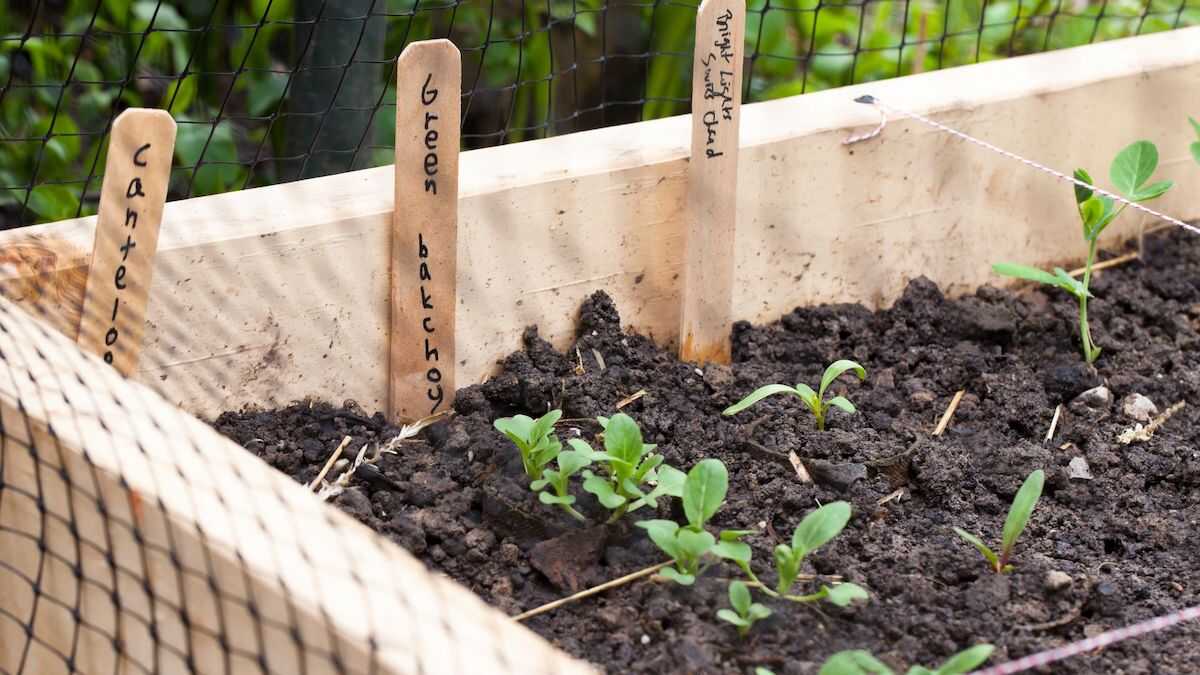

Articles
How To Create A Garden Bed
Modified: January 18, 2024
Learn the art of gardening and discover how to create a beautiful garden bed with expert tips and techniques. Start your gardening journey today!
(Many of the links in this article redirect to a specific reviewed product. Your purchase of these products through affiliate links helps to generate commission for Storables.com, at no extra cost. Learn more)
Introduction
Gardening is a rewarding and fulfilling activity that allows you to connect with nature and create a beautiful outdoor space. One of the fundamental aspects of gardening is creating garden beds. Whether you have a large backyard or a small balcony, a garden bed can be a versatile addition to your outdoor area. It provides a dedicated space to grow plants, vegetables, flowers, or herbs, giving you the opportunity to exercise your green thumb.
Building a garden bed may seem like a daunting task, especially for beginners, but with proper planning and preparation, it can be a straightforward and enjoyable project. In this article, we will guide you through the process of creating a garden bed, from choosing the location to selecting and planting the right plants.
By following our step-by-step instructions, you will be on your way to creating a vibrant and thriving garden bed that will enhance the beauty of your outdoor space and provide you with the pleasure of gardening.
Key Takeaways:
- Choose a sunny, accessible location with good soil drainage for your garden bed. Clear the area, prepare the soil, and select plants suited to your climate and maintenance level. Enjoy the process and watch your garden thrive!
- Properly plant and maintain your garden bed by watering, weeding, and applying mulch. Adjust care practices based on seasonal changes and enjoy the continuous learning experience of gardening.
Read more: How To Create A Garden Bed
Choosing the Location
When it comes to choosing the location for your garden bed, there are a few factors to consider. First, think about how much sunlight the area receives. Most plants require at least six hours of direct sunlight each day, so choose a spot that gets ample sunlight throughout the day.
Next, consider the accessibility of the location. You’ll want to choose a spot that is easily accessible for watering, weeding, and harvesting your plants. If the garden bed is too far away or difficult to reach, you may be less likely to tend to it regularly.
Another important factor to consider is the proximity to a water source. Ensure that your garden bed is within reach of a hose or sprinkler system so that you can easily water your plants when needed. This will help to keep your plants healthy and thriving.
Lastly, think about the existing landscape and surroundings of the location. Consider the soil type, drainage, and any potential obstructions such as tree roots or nearby buildings that could shade the area. These factors can impact the growth and health of your plants, so it’s important to choose a location that is conducive to a thriving garden bed.
Take the time to carefully assess different areas of your outdoor space and choose the location that best meets the needs of your plants and your gardening goals. Once you’ve chosen the perfect spot, it’s time to move on to the next step – clearing the area.
Clearing the Area
Before you can start creating your garden bed, clearing the area is essential to ensure a clean and blank canvas for your plants. Begin by removing any existing vegetation, including grass, weeds, and unwanted plants.
You can clear the area manually by using a garden shovel or trowel to dig up the grass and weeds. Make sure to remove the entire root system to prevent regrowth. If the area is covered in thick vegetation, you may need to use a weed trimmer or lawnmower to cut it down before digging it up.
If manual labor seems overwhelming, you can also resort to using herbicides or weed killers to clear the area. However, be cautious when using chemicals and follow the instructions carefully to ensure the safety of yourself and the environment.
Once the vegetation is cleared, remove any rocks, debris, or other objects from the area. These obstructions can hinder proper root growth and drainage in your garden bed.
After clearing the area, it’s a good idea to edge the boundaries of your garden bed. This can be done by creating a physical border using materials like bricks, stones, or wooden boards. Edging not only enhances the aesthetic appeal of your garden bed but also helps to contain the soil and prevent it from spreading onto your surrounding outdoor space.
With the area cleared and edged, you’re now ready to move on to the next step – preparing the soil.
Preparing the Soil
A key factor in creating a successful garden bed is preparing the soil. Good soil preparation will provide a nutrient-rich and well-draining environment for your plants to thrive. Here are the steps to follow:
- Test the soil: Start by testing the soil pH and nutrient levels. You can purchase a soil testing kit from a local garden center or send a sample to a professional laboratory for analysis. This will help you understand the soil’s composition and determine if any amendments are needed.
- Amend the soil: Based on the results of the soil test, you may need to amend the soil to improve its quality. Organic matter such as compost, well-rotted manure, or peat moss can be added to enrich the soil with nutrients and improve its structure. Work these amendments into the soil using a garden fork or tiller to ensure they are well distributed.
- Loosen the soil: It is important to loosen the soil before planting to promote root growth and aeration. Use a garden fork or tiller to break up compacted soil, removing any large clumps or rocks. Aim for a loose and crumbly texture that allows water to penetrate easily.
- Level the soil: Once the soil is loosened, use a rake to level the surface of the garden bed. This will create a smooth and even planting area.
- Add organic fertilizer: To provide an extra boost of nutrients for your plants, consider adding organic fertilizer to the soil. This can help promote healthy growth and improve overall plant vigor.
By properly preparing the soil, you are setting the foundation for a healthy and productive garden bed. The next step is selecting the right plants to grow in your garden bed.
Selecting Plants
Choosing the right plants for your garden bed is crucial to ensure successful growth and a visually appealing result. Consider the following factors when selecting plants:
- Climate and Hardiness: It’s important to choose plants that are suitable for your specific climate. Consider the average temperatures, frost dates, and rainfall patterns in your area. Select plants that are hardy and can withstand the conditions of your region.
- Sunlight Requirements: Different plants have varying sunlight needs. Determine how much sunlight your garden bed receives throughout the day and choose plants that align with those requirements. Some plants thrive in full sun, while others prefer partial shade.
- Soil Type: Take into account the soil composition in your garden bed. Some plants prefer well-draining soil, while others thrive in moisture-retentive soil. Choose plants that are compatible with your soil type to ensure optimal growth.
- Height and Spacing: Consider the mature height and spread of the plants you select. This is crucial for proper spacing and avoiding overcrowding. Ensure that there is enough room for each plant to grow and develop without competing for resources.
- Color and Texture: Consider the visual impact you want your garden bed to have. Choose plants with varying foliage colors, flower shapes, and textures to create a visually appealing and diverse display. Pay attention to how different plants complement each other in terms of color and form.
- Maintenance Requirements: Be realistic about the amount of time and effort you can dedicate to garden maintenance. Some plants require more care and attention than others. Choose plants that fit your lifestyle and the amount of time you can commit to garden upkeep.
Research different plant options and create a list of plants that meet your criteria. Consider consulting with local experts or visiting a nearby nursery to get advice on suitable plants for your region. By choosing the right plants, you’ll be on your way to creating a beautiful and thriving garden bed.
When creating a garden bed, be sure to choose a location with good sunlight, well-draining soil, and easy access to water. This will help ensure the success of your plants.
Read more: How To Create An Indoor Garden
Planting the Garden Bed
Now that you have selected your plants, it’s time to start planting your garden bed. Follow these steps to ensure successful planting:
- Plan the layout: Before digging, plan the placement of your plants. Consider their mature sizes and spacing requirements to ensure they have enough room to grow. Arrange them in a visually pleasing and balanced way.
- Dig the holes: Dig a hole that is wide and deep enough to accommodate the root ball of each plant. Make sure the hole is slightly wider than the root ball to allow room for root expansion.
- Remove plants from containers: Gently remove the plants from their containers, being careful not to damage the roots. If the roots are tightly bound, gently tease them apart to encourage new growth.
- Place the plants: Place each plant in its respective hole, ensuring that it is positioned at the same depth it was in the container. The crown of the plant, where the stem meets the roots, should be level with or just above the soil surface.
- Backfill and firm the soil: Fill the hole with soil, working it around the roots to eliminate any air pockets. Gently firm the soil to provide stability for the plant. Avoid compacting the soil too tightly, as this can impede root growth.
- Water thoroughly: Give your newly planted garden bed a deep watering to settle the soil and help establish the plants. Water until the soil is evenly moist. After the initial watering, continue to water regularly to keep the soil consistently moist, but not overly saturated.
As you plant, refer to the planting instructions specific to each plant to ensure proper care and placement. Take note of any additional requirements, such as staking or providing support for particular plants. With careful planting, your garden bed will begin to take shape and flourish with healthy plants.
Applying Mulch
After planting your garden bed, applying mulch is an important step to help maintain moisture, suppress weed growth, and improve the overall health of your plants. Here’s how to properly apply mulch:
- Clean the area: Before applying mulch, ensure that the garden bed is free from debris, weeds, and excess soil.
- Select the right mulch: There are various types of mulch available, such as organic mulch (e.g., wood chips, straw, shredded bark) and inorganic mulch (e.g., landscape fabric, gravel). Choose a mulch that suits your preferences and the needs of your plants.
- Apply a layer of mulch: Spread a layer of mulch around the base of your plants. Aim for a depth of about 2-3 inches, being mindful not to pile it up against the stems or tree trunks, as this can lead to moisture retention and potential rot.
- Extend the mulch layer: To further prevent weed growth, extend the mulch layer beyond the plantings, covering the bare soil between the plants.
- Leave space around stems: Keep a few inches of space around the stems of your plants to prevent moisture buildup and potential rot or disease.
- Monitor moisture levels: Mulch helps retain moisture in the soil, but be sure to regularly check the moisture levels and water as needed.
Mulching not only provides practical benefits but also adds an aesthetic appeal to your garden bed. It gives a finished look and creates a neat appearance in your outdoor space. Remember to replenish the mulch layer as needed to maintain its effectiveness throughout the growing season.
Watering and Maintenance
Watering and proper maintenance are essential for the health and vitality of your garden bed. Here are some tips to help you maintain your garden bed:
- Watering: Water your garden bed regularly, especially during dry periods. Ensure that the soil remains moist but not waterlogged. A deep watering once or twice a week is typically sufficient, but adjust the frequency depending on weather conditions and the needs of your plants.
- Weeding: Regularly inspect your garden bed for weeds and remove them promptly. Weeds compete with your plants for water, nutrients, and sunlight, so it’s crucial to keep them under control.
- Pruning and Deadheading: Prune your plants as needed to maintain their shape and encourage healthy growth. Deadhead flowers by removing spent blooms, which encourages further flowering and prevents the plant from expending energy on seed production.
- Fertilizing: Depending on the needs of your plants, you may need to fertilize your garden bed periodically. Choose a fertilizer specifically formulated for the types of plants you are growing and apply it according to the package instructions.
- Monitoring pests and diseases: Keep a close eye on your plants for signs of pests or diseases. If you notice any issues, take appropriate measures to address them, such as using organic pest control methods or consulting with a local garden expert.
- Seasonal care: Be mindful of seasonal changes and adjust your maintenance accordingly. Trim back plants in the fall, apply mulch to protect them during the winter, and make sure to follow appropriate care practices based on your specific climate.
Regularly tending to your garden bed and providing the necessary care will help ensure its long-term success. Stay observant, respond promptly to any issues, and enjoy watching your garden thrive and flourish.
Conclusion
Creating a garden bed is a rewarding endeavor that allows you to unleash your creativity and connect with nature. With careful planning, preparation, and maintenance, you can transform any outdoor space into a vibrant and flourishing garden bed. By following the steps outlined in this article, you’ll be well-equipped to create a beautiful and sustainable garden bed that will bring joy and beauty to your life.
Remember to choose a suitable location with adequate sunlight and access to water. Clear the area and prepare the soil, ensuring it is nutrient-rich and well-draining. Select plants that are well-suited to your climate and gardening goals, paying attention to their sunlight and spacing requirements. Take the time to plant them properly, providing them with the best chance for growth and success.
Applying mulch will help conserve moisture, suppress weeds, and improve the overall health of your garden bed. Regularly water, weed, and maintain your garden bed, keeping an eye out for pests and diseases. Adjust your care practices based on seasonal changes and enjoy watching your garden bed thrive and evolve over time.
Creating and tending to a garden bed is a continuous learning experience. Take the opportunity to experiment, try new plants, and explore different gardening techniques. With dedication and passion, your garden bed will become a haven of beauty and tranquility, bringing you closer to the wonders of the natural world.
So go ahead, get your hands dirty, and embark on the journey of creating your own captivating garden bed. Enjoy the process, embrace the rewards, and revel in the joy of gardening.
Frequently Asked Questions about How To Create A Garden Bed
Was this page helpful?
At Storables.com, we guarantee accurate and reliable information. Our content, validated by Expert Board Contributors, is crafted following stringent Editorial Policies. We're committed to providing you with well-researched, expert-backed insights for all your informational needs.
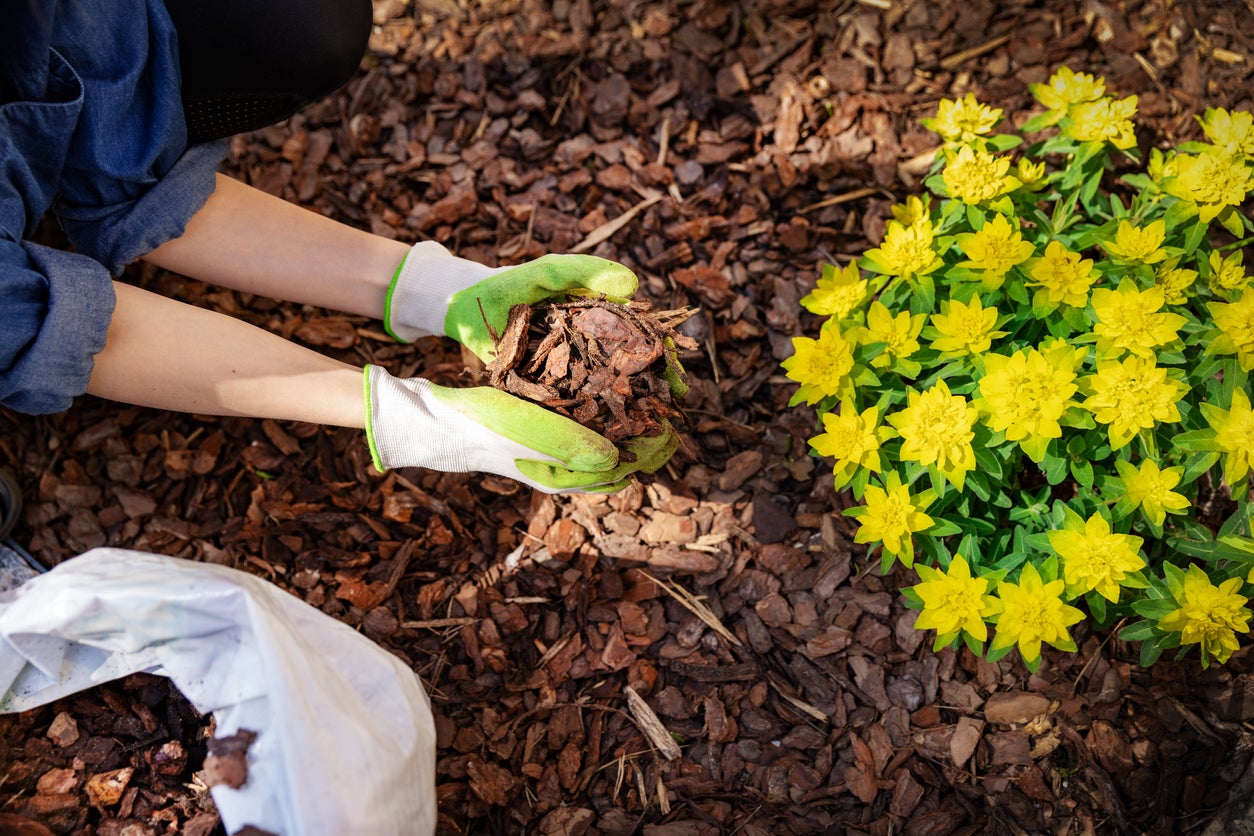
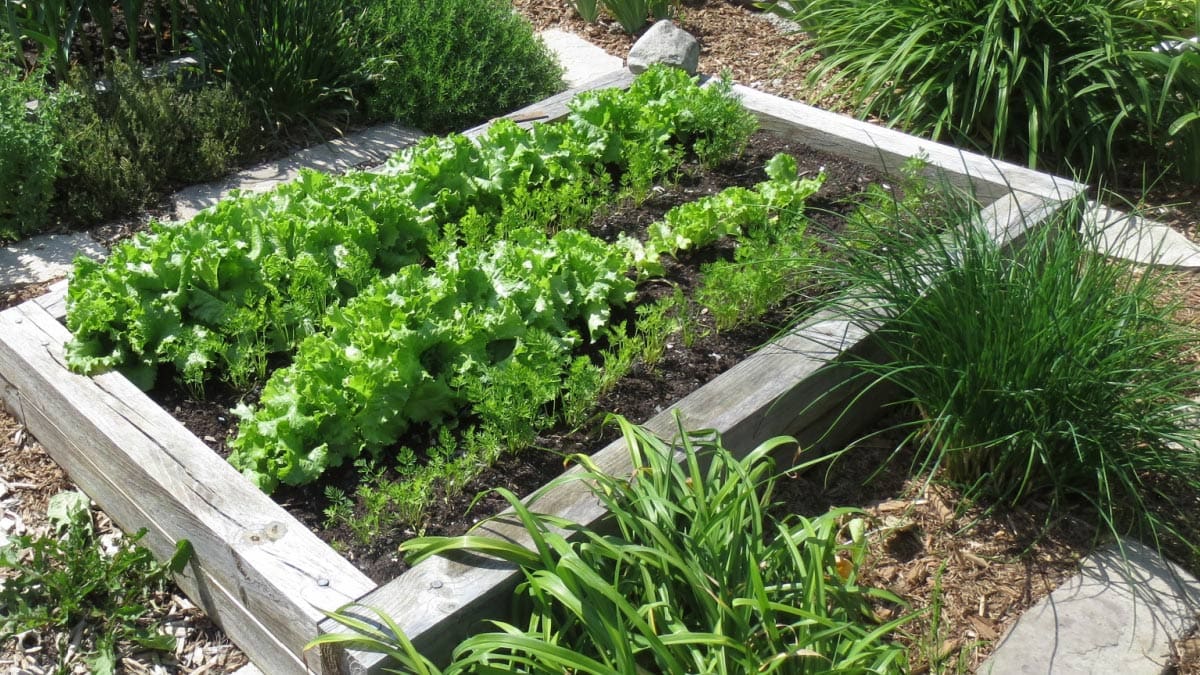
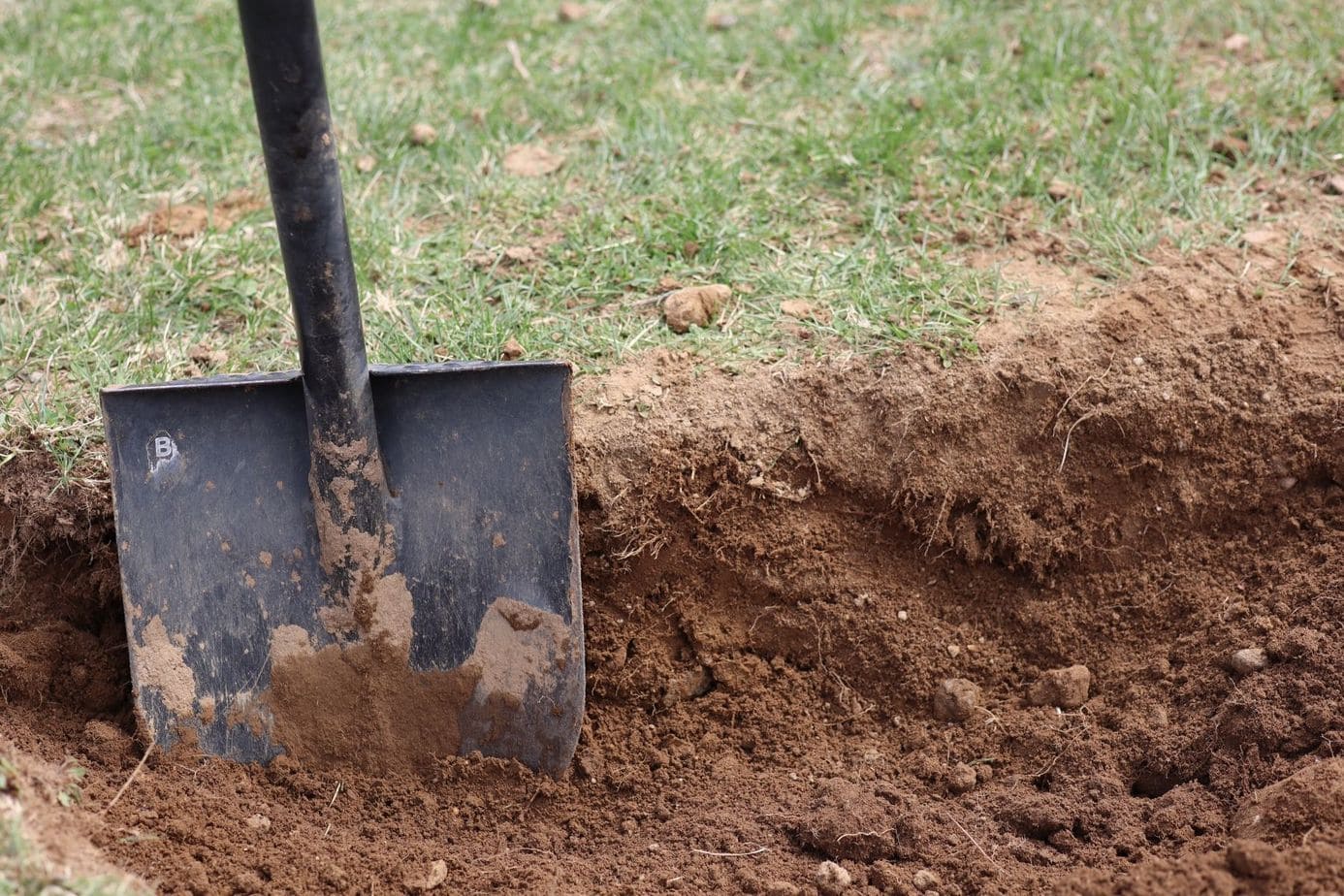
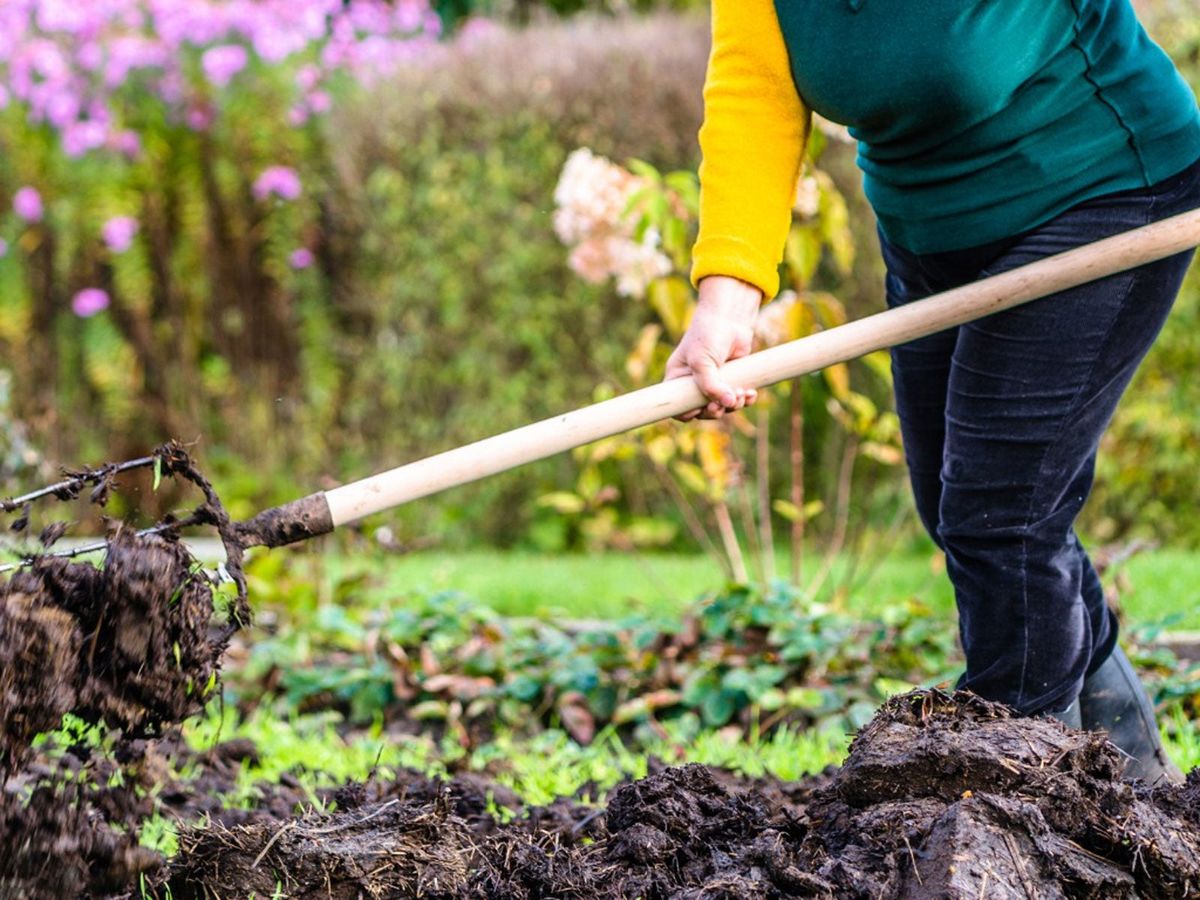
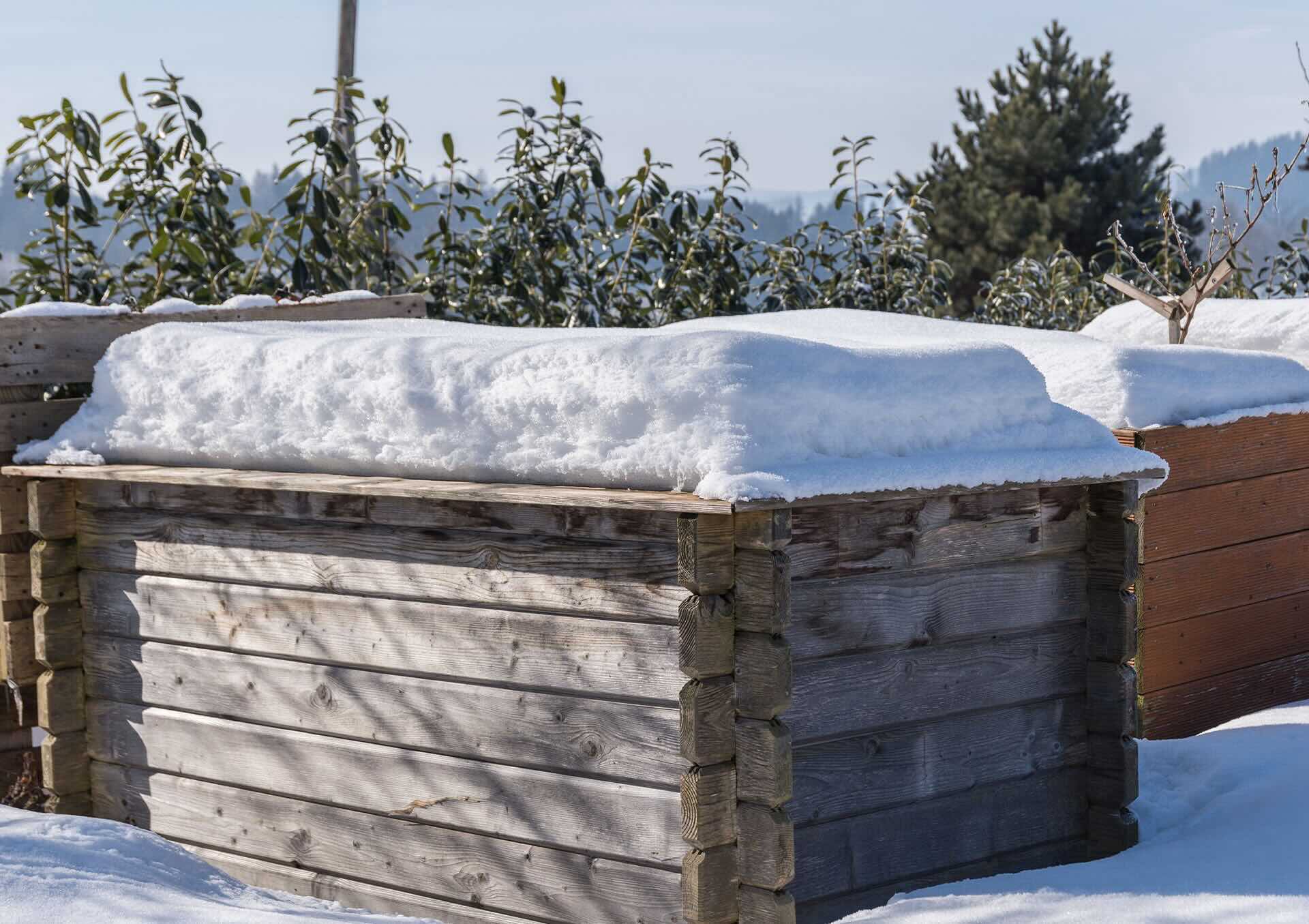
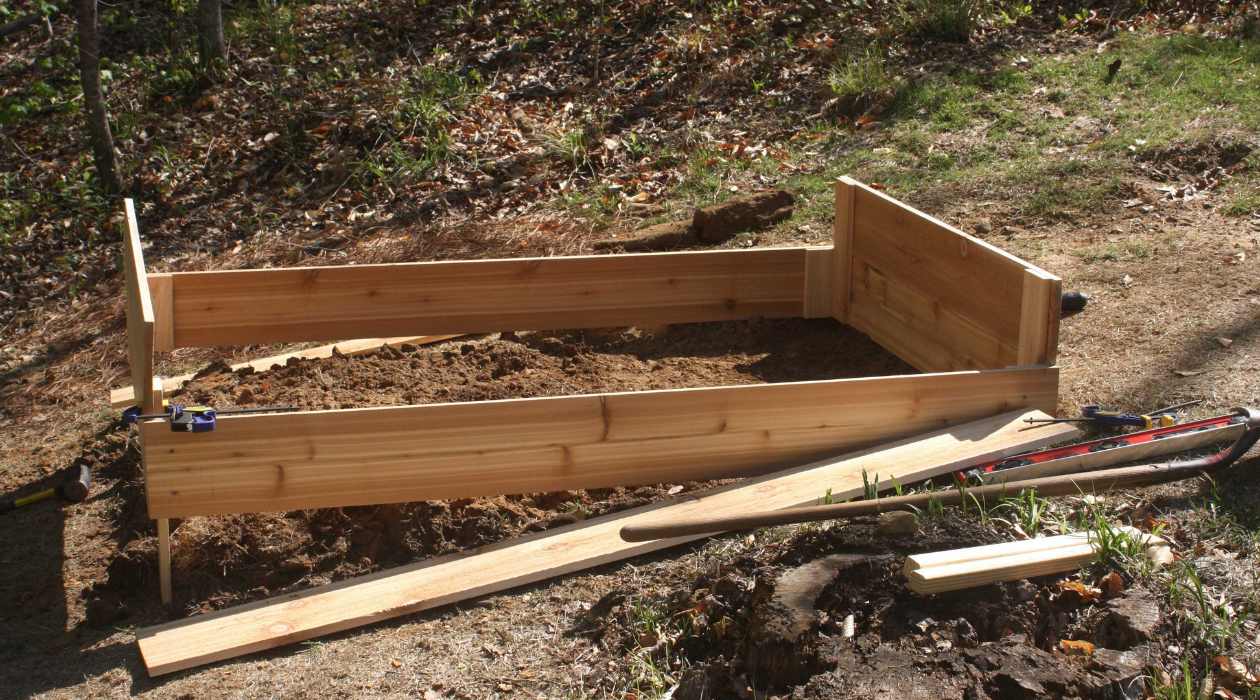
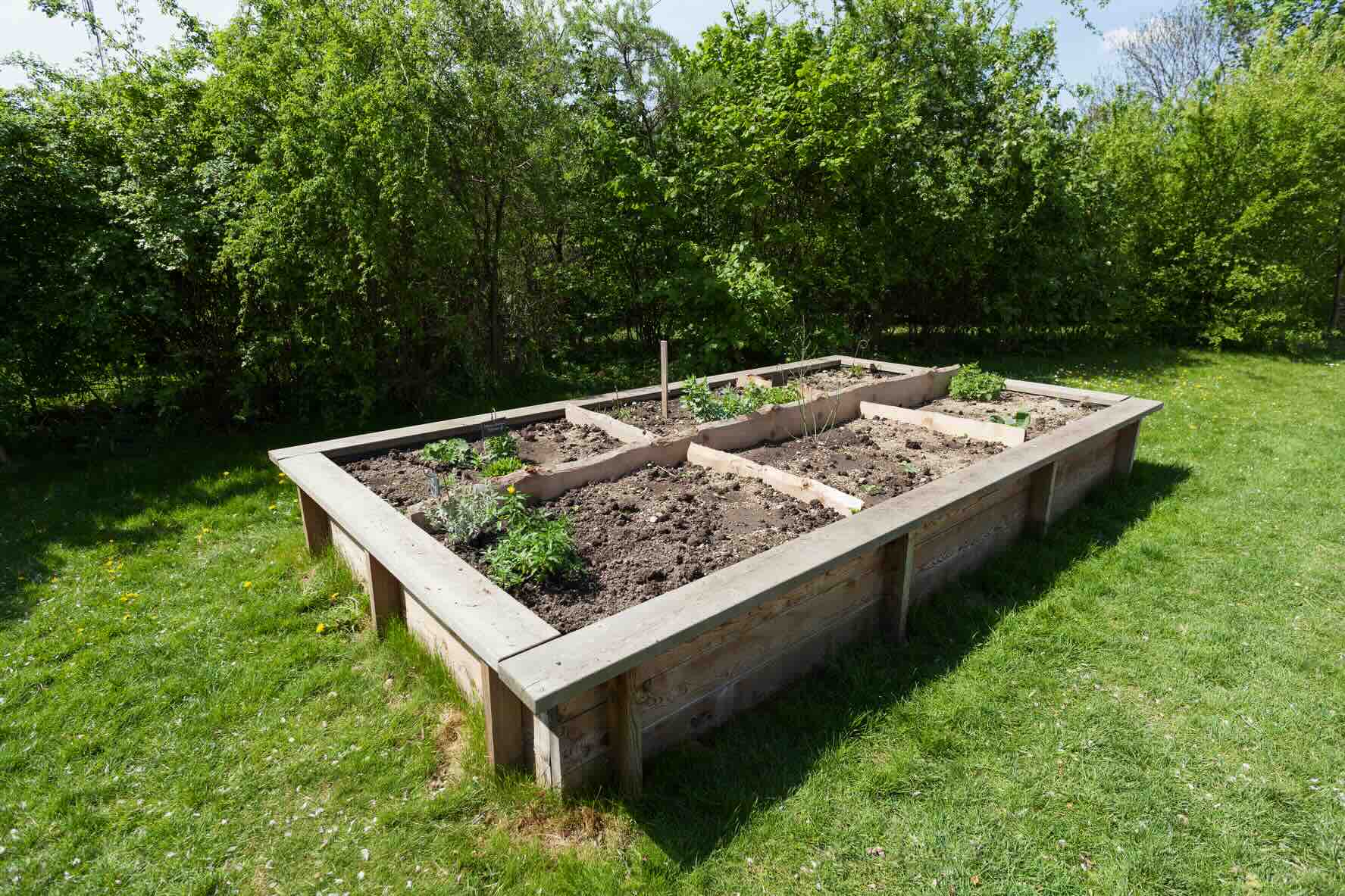
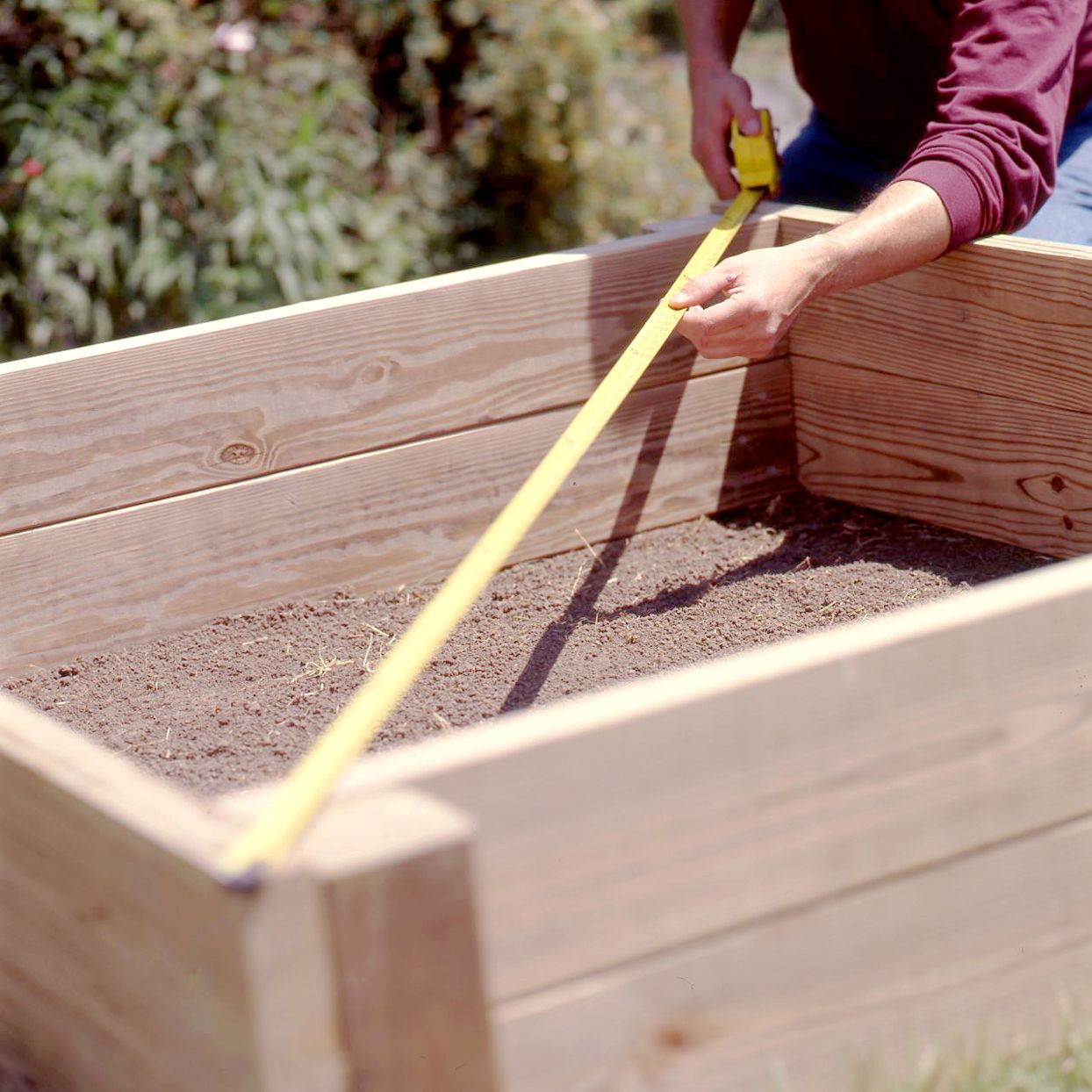
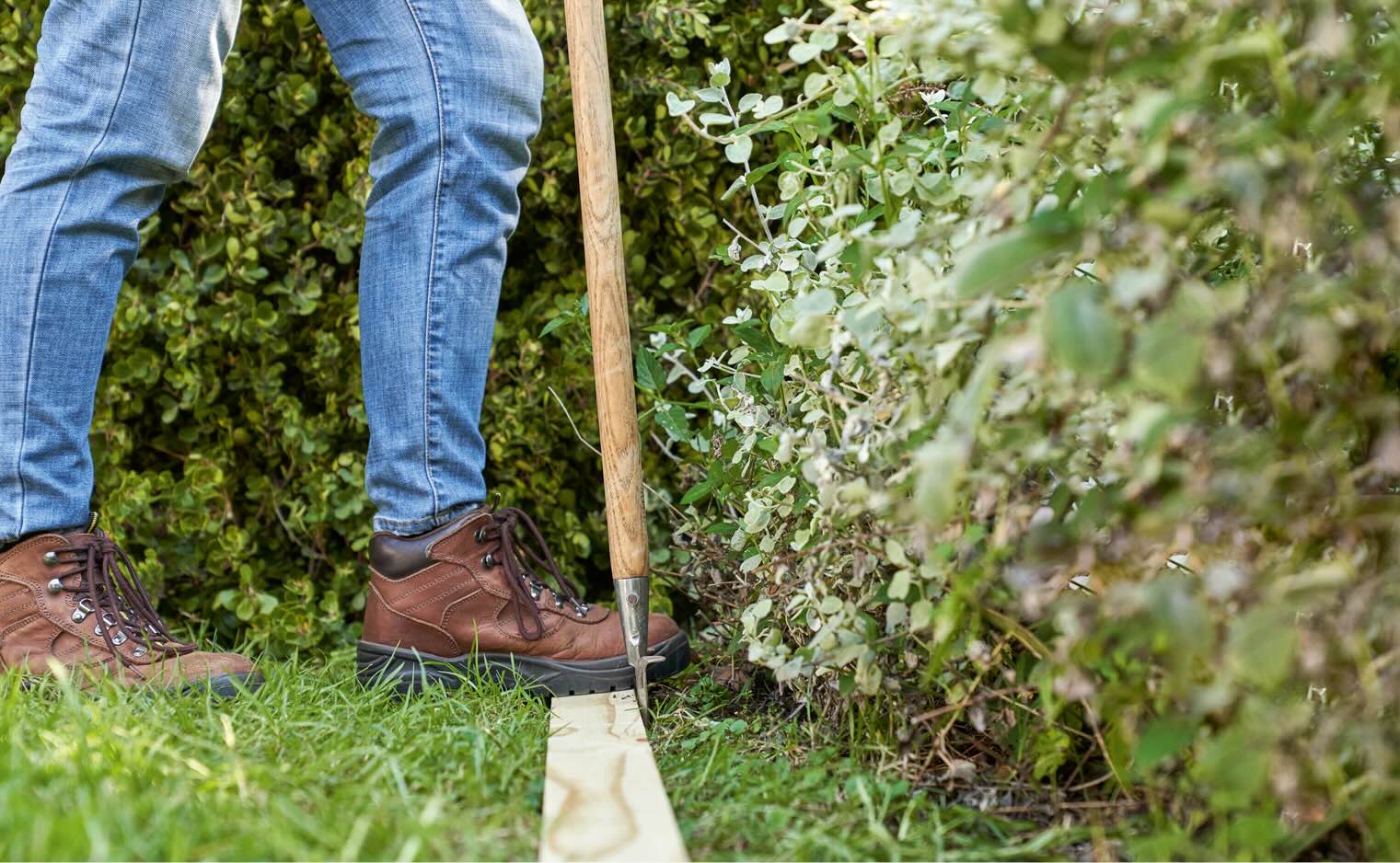

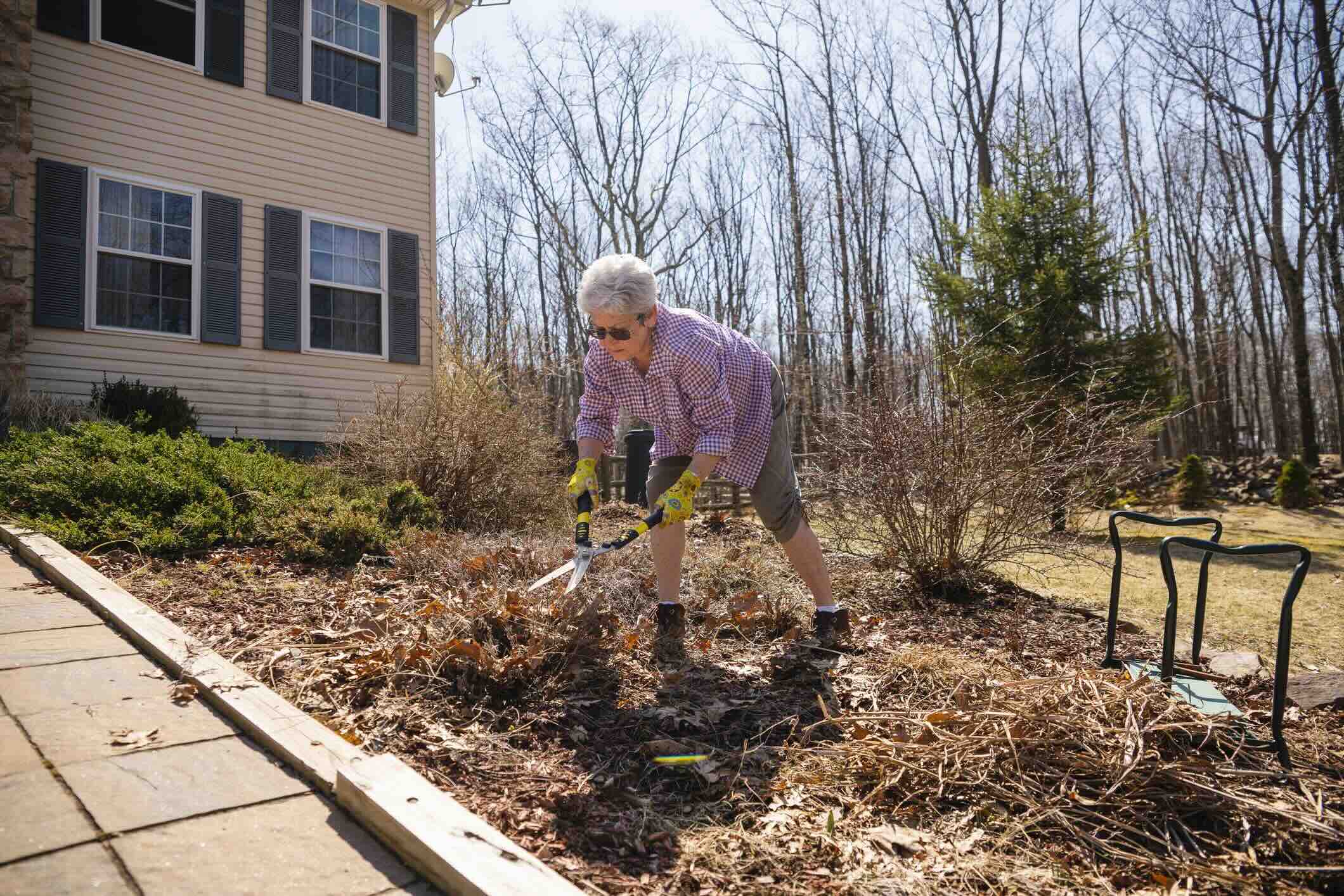
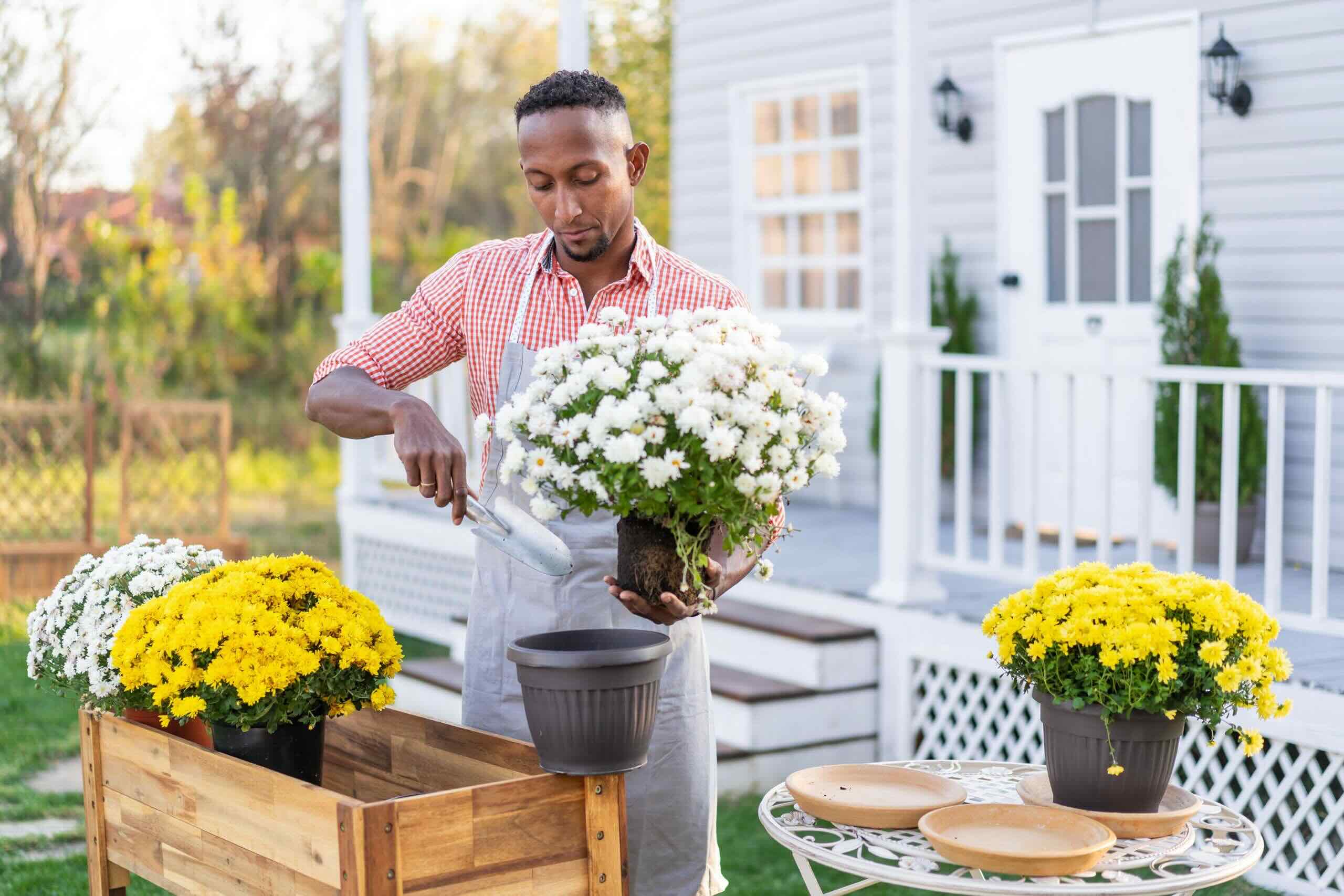
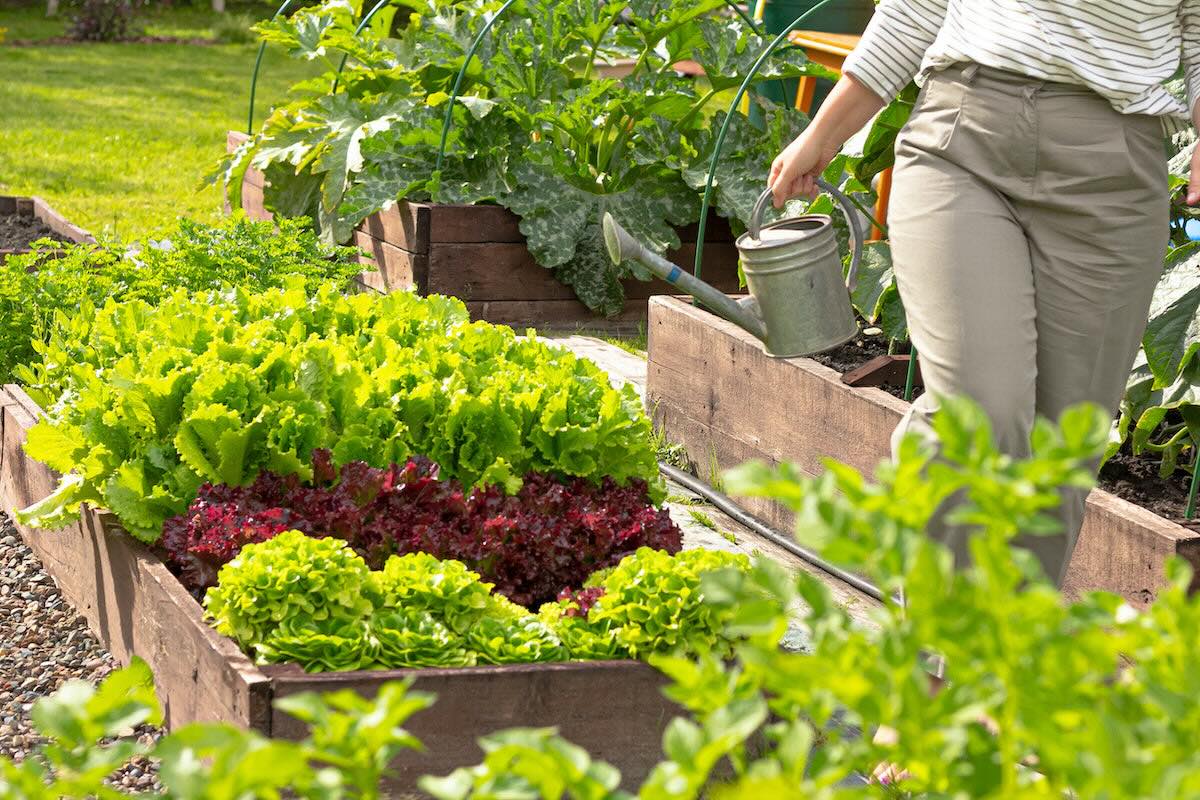
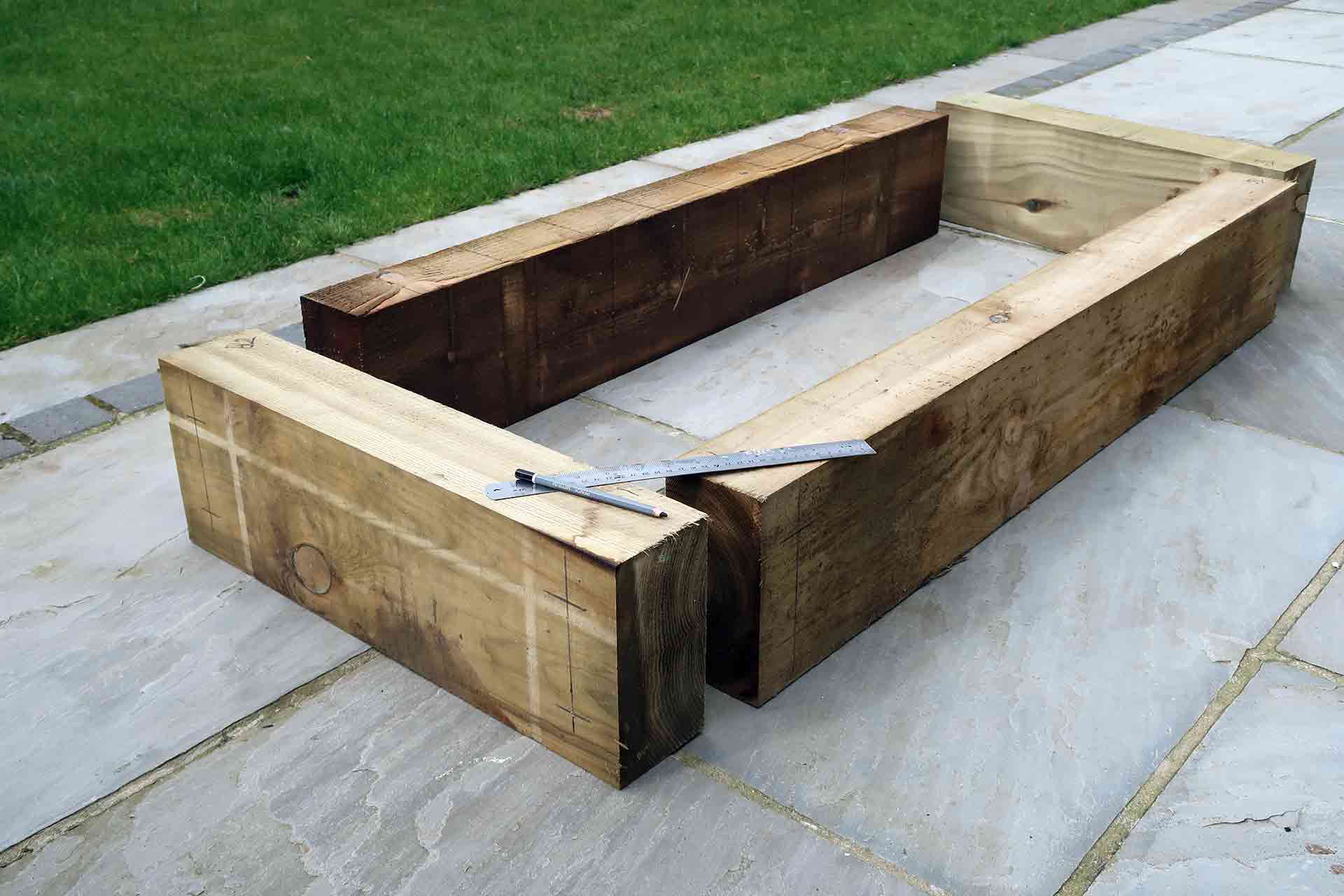

0 thoughts on “How To Create A Garden Bed”